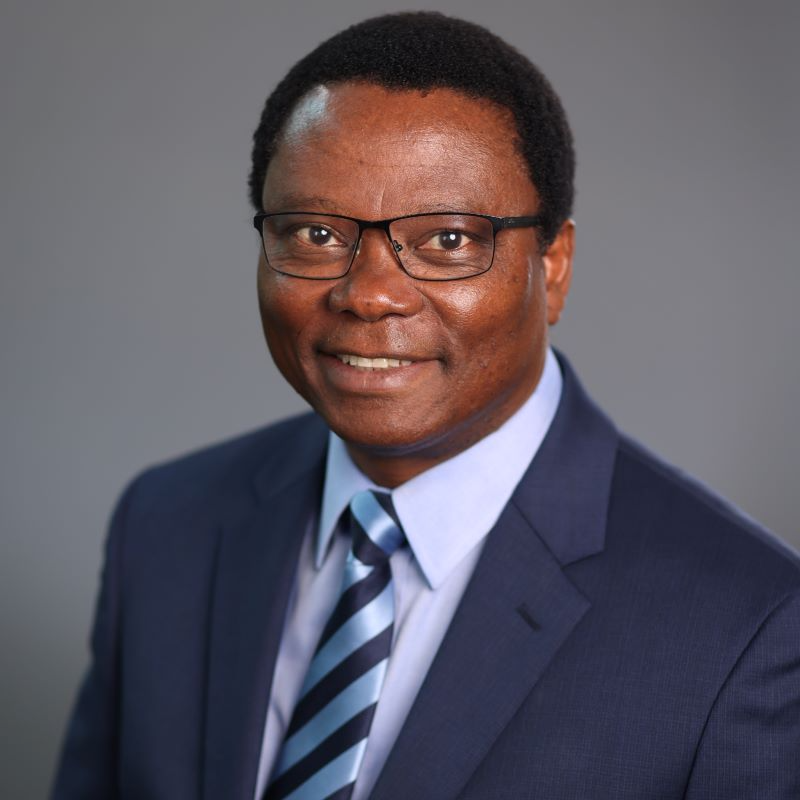Clinician-Scientist Track
Why UT Southwestern?
The Diagnostic Radiology Clinician-Scientist Residency Program is NIH-funded through a competitive T32 award. The training program begins with a full year of dedicated research immediately following internship and builds upon this experience by devoting six weeks of research in each of the remaining four clinical years to keep trainees engaged in their research and their chosen laboratory. This gives trainees a five-year horizon to select high-risk/high-gain projects and allows them to complete their project, publish their work, submit grant proposals, and assume greater responsibility in the laboratory to better learn how to build and maintain a research team.
Once trainees begin clinical training, they will learn alongside their clinical colleagues over the entire four-year clinical program without interruption, except for the six weeks per year, to maintain pace and competence. In addition, the fourth year has nine months of electives to focus on mini-fellowships, additional research, and potentially mentored teaching of medical students.
Our residents have a strong track record of grant funding, including an average of 2 RSNA Resident Research grants funded per year from 2021-2025. Our residents also boast strong publication records, which can be viewed under the “Meet Our Residents” tab.
- Faculty
Radiology Faculty

Elizabeth Moody Davenport, Ph.D.
Assistant Professor

Professor
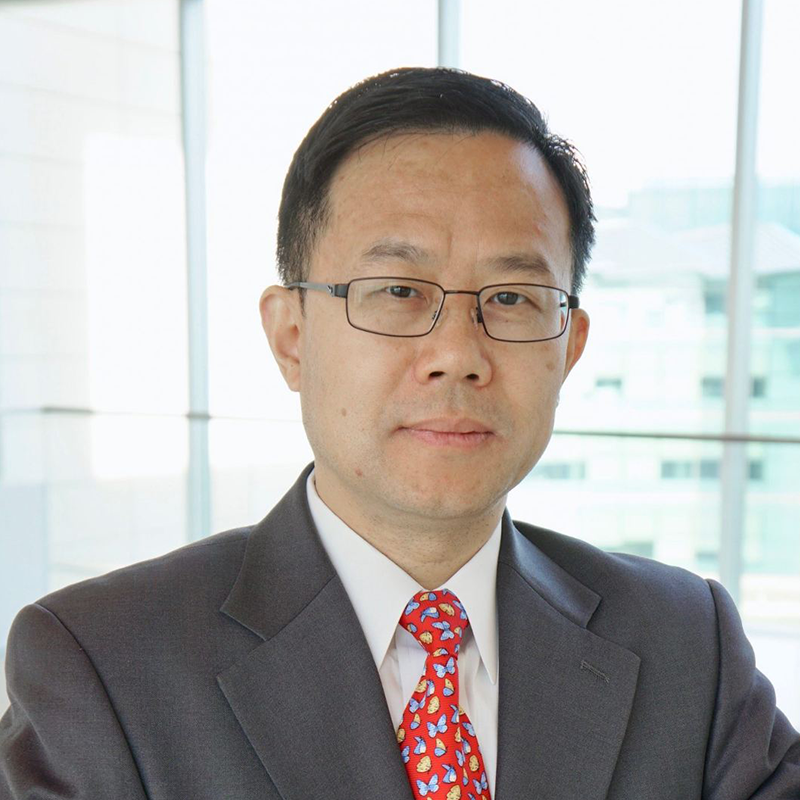
Professor

Professor & Director

Associate Professor

Professor

Professor
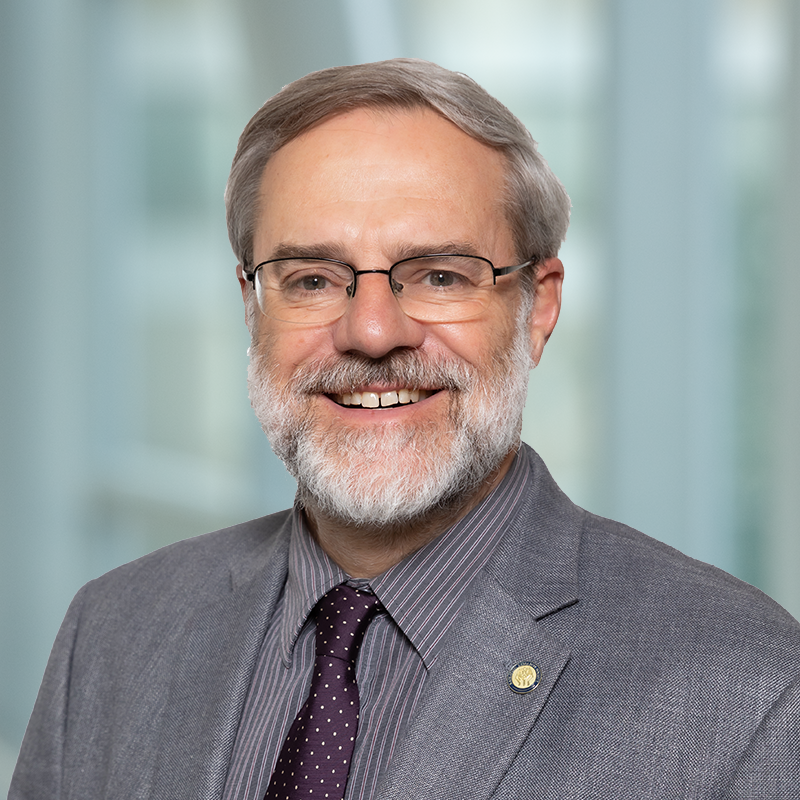
Professor

Professor

Professor


Professor

Professor

Professor

Associate Professor

Associate Professor

Assistant Professor
Faculty from Other Departments
Professor & Chair
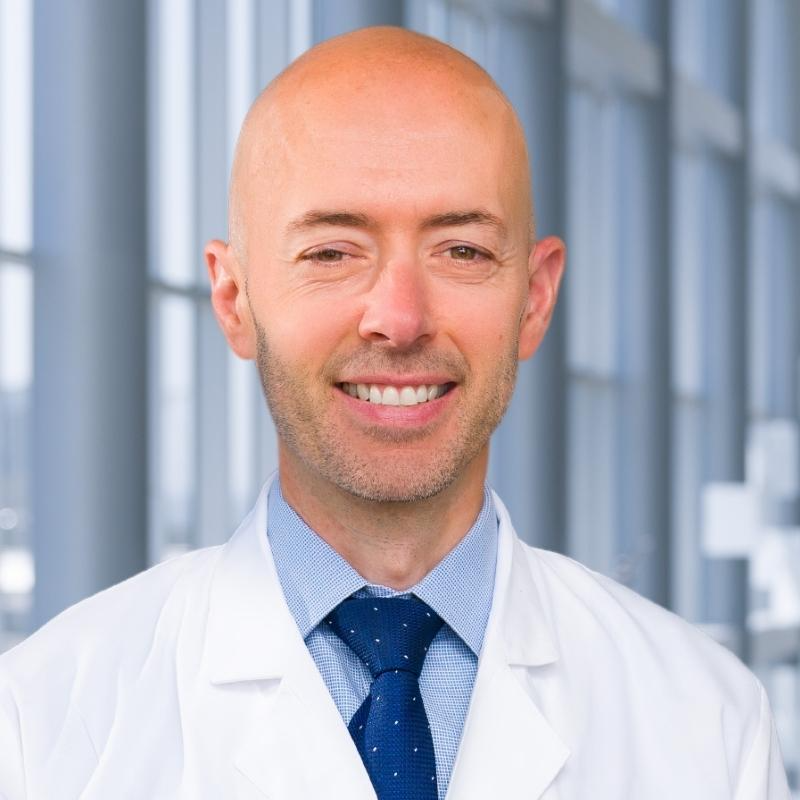
Professor
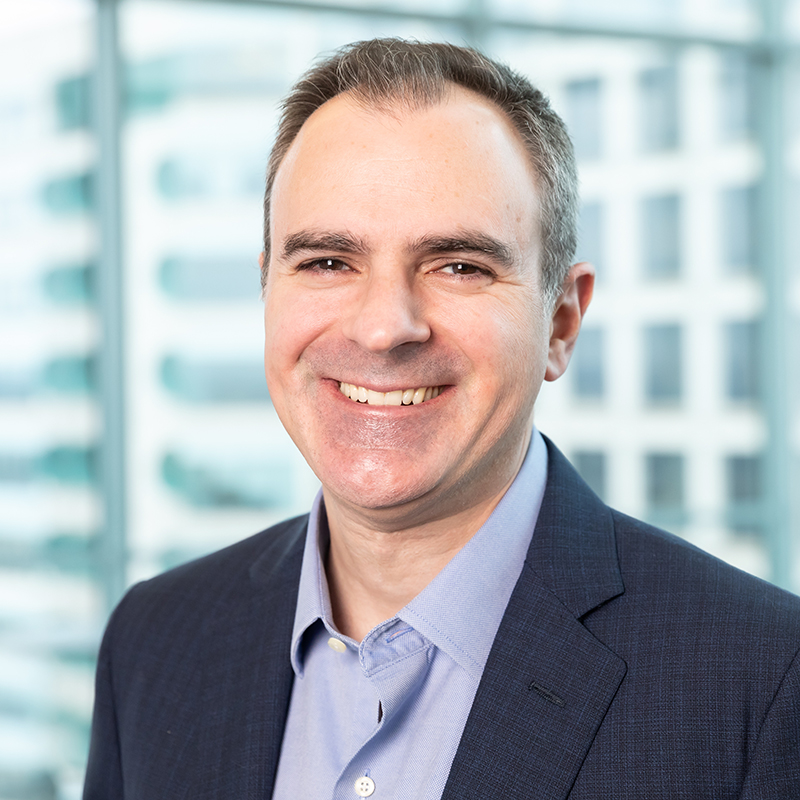
Ralph DeBerardinis, M.D., Ph.D.
Professor
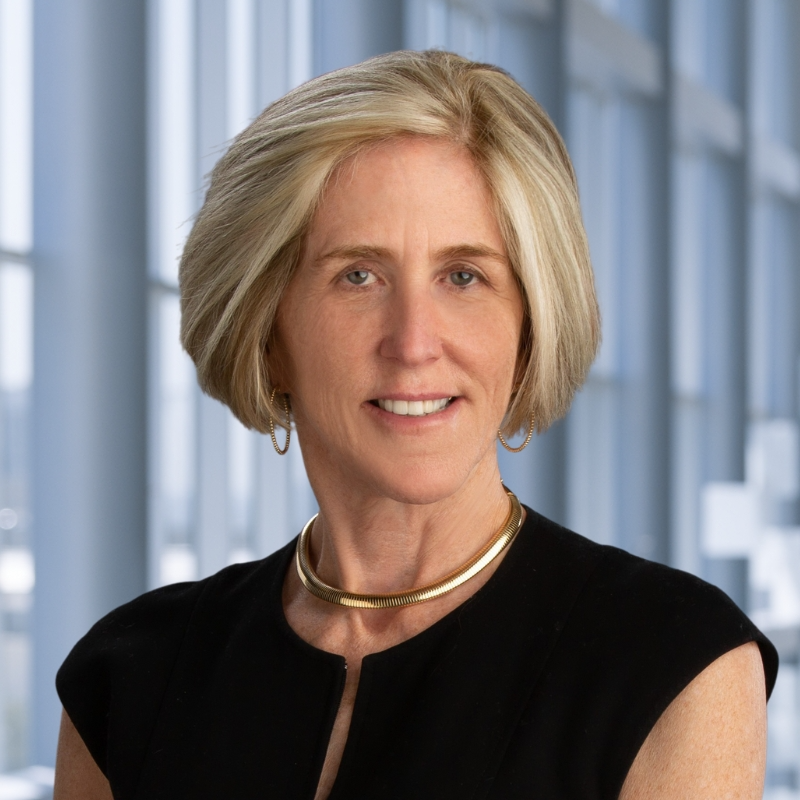
Professor

M. Tarique Hussain, M.D., Ph.D.
Professor

Professor

Professor
*Retired but available for research guidance
- Program Highlights
Program Highlights
- Trainees in the Clinician-Scientist Track program will begin with one year of dedicated research prior to joining the 4-year Diagnostic Radiology Residency. Prior to starting dedicated research, completion of an internship is required. An internship at UT Southwestern is not a requirement for entry to the Clinician Scientist Training Program.
- The clinical teaching is based at Parkland Hospital, where residents receive approximately two-thirds of their training. Residents also rotate at William P. Clements Jr. University Hospital and Children's Health℠ Children's Medical Center.
- Rotation schedules are structured on a four-week block basis, providing 13 rotations per year and a significant exposure to the core radiological subspecialties. The Residency rotation curriculum is structured to provide each resident a solid foundation in all of the subspecialties prior to the Core examination at the end of the third year.
- This integrated, five-year experience will expose trainees to a minimum of 18 months of dedicated research time throughout the duration of the program.
Clinical Training
A comprehensive learning experience employs:
- Rotation schedules are structured on a four-week block basis, providing 13 rotations per year and a significant exposure to the core radiological subspecialties. The Residency rotation curriculum is structured to provide each resident a solid foundation in all of the subspecialties American Board of Radiology Core Exam at the end of the third year.
- The first clinical year is primarily devoted to rotating through the basic services of thoracic, musculoskeletal, abdominal, neuro, nuclear, and pediatric radiology.
- The second and third clinical years include further training in these fields, increased exposure to MRI across a variety of subspecialties, as well as introductory rotations in breast and cardiac imaging.
- The fourth clinical year is elective-based which allows self-directed educational focus.
- Clinician-Scientist Track residents in good academic standing are also eligible to participate in dual specialization programs such as Early Specialization in Interventional Radiology (ESIR) and the 16-Month Pathway in Nuclear Radiology.
Teaching Resources
Training in radiologic pathology takes place in the third year of residency training through a four-week virtual elective course given by the ACR Institute for Radiologic Pathology.
Online teaching files are available through UT Southwestern and Parkland Health. Residents are also provided access to eAnatomy, RADPrimer, STATdx, CaseStacks, and Medality (MRI Online).
The American College of Radiology In-Training Examination, a practice exam, is given each year to residents in the first through third years of training. Intensive review sessions are held for residents taking the American Board of Radiology Core Exam.
RADExam from the American College of Radiology is also utilized at the end of each rotation to help residents gauge their learning in each subspecialty discipline.
Call Duty
Independent call provided by residents is one of the strengths of our program and residents remain independent overnight at all of our clinical sites. Residents begin taking night call shifts after 12 months of radiologic training. The majority of call is distributed through a night-float system. This part of their education continues for the remainder of their residency. There is a strong faculty and fellow back-up system for supervision of all resident call duties.
- Two residents at Parkland Hospital, with senior resident supervision
- One resident at Children's Health℠
- One resident at Clements University Hospital
- Facilities and Equipment
Facilities and Equipment
Clinical equipment includes:
- Five whole-body MRI units at UTSW
- One 7T
- Four 3T
- Six whole-body MRI units at Children's Health℠
- Two 3T
- Four 1.5T
- Positron emission tomography mammography
- 16.5 MeV Cyclotron
- Magnetoencephalography (MEG) system for brain imaging
- High Intensity Focused Ultrasound
- Spectral CT
- Small animal MR, SPECT, PET, and CT
Additional research facilities and equipment includes:
The Department of Radiology and the closely associated Advanced Imaging Research Center (AIRC) occupy more than 60,000 square feet of laboratory space. They are equipped with a full set of human imaging equipment dedicated for research. Included are:
- Several MRI scanners from 1.5 to 7.0T, spectral CT
- Ultrasound and MR-guided HIFU
- PET scanners and a cyclotron
- Magnetoencephalography
- PET, SPECT, microCT, MRI, Optical, and photoacoustic imaging and tomography for mouse imaging
- Several hyperpolarizing systems for metabolic MR imaging
- Five whole-body MRI units at UTSW
- Conferences
Conferences
Radiology teaching conferences are held daily throughout the year and include both didactic lectures and case-based presentations in a predominately section-based format. First-year Radiology residents also benefit from a dedicated introductory course provided by fourth-year residents.
Radiology Grand Rounds are held monthly with prestigious visiting and local professors, offering the opportunity to meet and learn from leading national authorities on a wide variety of topics.
There is an additional Radiology Research Grand Rounds which is hosted in conjunction with the Advanced Imaging Research Center. Professors from across the world are invited to present their research which spans a wide range of topics across biomedical imaging.
The annual Radiology Trainee Research Day Symposium is held every spring for all clinical and basic science trainees in radiology to present their work to the department. In addition, the Advanced Imaging Research Center Annual Symposium is held every Summer during which trainees can present their work in a poster session and attend talks by local and national leaders in basic and translational imaging research.
Informative multidisciplinary clinical conferences in combination with medicine, surgery, pathology, and the various clinical subspecialties are available.
UT Southwestern Department of Radiation Oncology, Division of Medical Physics and Engineering provides formal education in the basic sciences of radiation biology and radiological physics in preparation for the physics portion of the American Board of Radiology examination.
- Research Opportunities
Research Opportunities
All fields of radiology research are available options for Clinician-Scientist Track residents. The UT Southwestern faculty is home to expert clinicians and basic scientists across all disciplines of radiology research, which includes:
- Basic and applied spectral CT utilizing the latest multidetector system
- Cardiovascular imaging and metabolism
- Translational body- and neuro-focused basic physics
- Pulse programming and post-processing
- MR-guided high intensity focused ultrasound (HIFU)
- Ultrasound-based molecular imaging and therapy and instrumentation
- MR/CT/nuclear/PET molecular imaging
- Nuclear imaging and radiochemistry
- Cancer imaging biology and therapy
- Genetic-basis of disease
- Artificial intelligence and machine learning
- Informatics
- Health services research
- Population science
Alongside these options, the Department of Radiology is also closely associated with the Advanced Imaging Research Center (AIRC). The AIRC is focused on metabolic and molecular imaging, providing an extensive list of research equipment in all imaging modalities and more than 60,000 square feet of laboratory space.
- Salaries and Benefits
Salaries and Benefits
Hospital stipends are set annually and are competitive nationally with those of other teaching programs. The amount, shown in the chart below, depends on the year of residency training.
Low-cost hospitalization and dental insurance is available to contracted house staff, as well as a group life insurance plan.
Medical malpractice insurance is provided for Radiology house staff by the Department through the University of Texas System group plan.
Each trainee will follow the UT Southwestern vacation and floating holiday accrual rates for full-time employees.
Site-based meal stipends are provided based on call shifts.
Subsidized resident parking is available.
Salary PGY 1 $70,101.00 PGY 2 $72,672.00 PGY 3 $76,167.00 PGY 4 $80,299.00 PGY 5 $84,095.00 PGY 6 $86,503.00 PGY 7 $91,451.00 PGY 8 $95,787.00
UT Southwestern Contract (Clinician-Scientist Track - First Year Only) - How to Apply
Application Process
The program provides three positions per program year. Information regarding the application process can be found here.
International Medical Graduates
For questions regarding International Medical Graduates, please visit our residency page.

